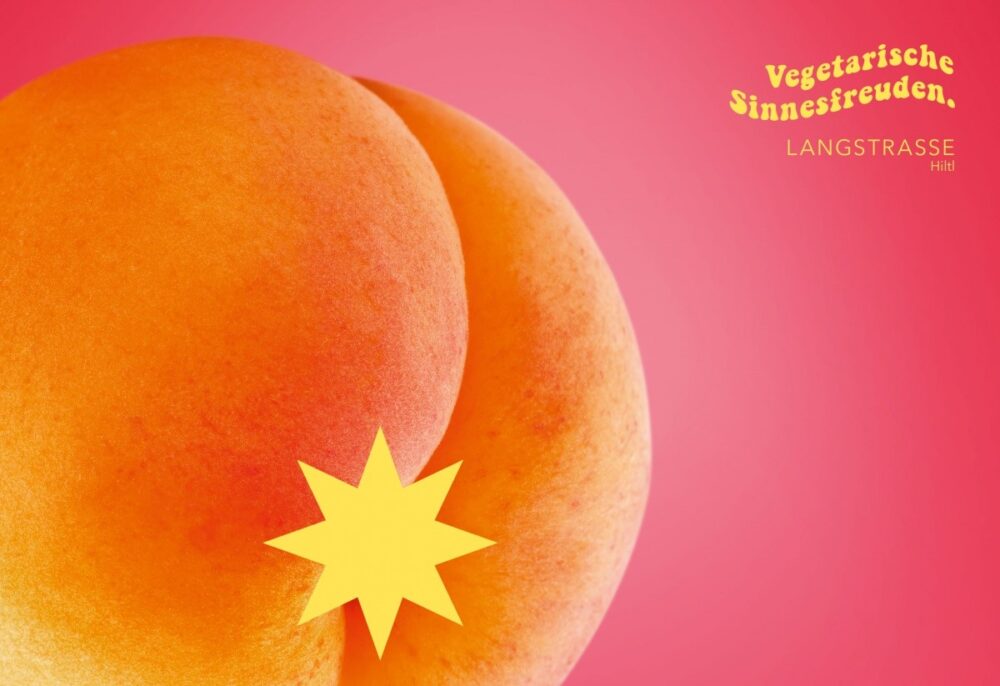Color comes to the web thanks to Flash
Flash is a trend in web design and also offers many application possibilities for the back-end area
Flash is a trend in web design and also offers many application possibilities for the back-end areaBy Clemens HörlerFlash has initiated a small revolution in web design. But the potential of Flash is far from exhausted.
Flash is a tool that can be used to produce animation sequences from graphics and sound. Thanks to vector graphics, films are also compact enough to be played quickly over the Internet.
The history of Flash began in 1996, when the Californian company FutureWave launched the technology FutureSplash. In 1997, FutureWave was acquired by Macromedia and skillfully marketed (www.macromedia.com/ software/flash). Around 95 percent of the Internet community now has the plug-in required to display Flash content.
Flash not only offers websites such as www.nosepoint.com, brand sites such as lego.com or trend stores, but also commercial platforms completely new possibilities that go far beyond the annoying advertising intro films, for example when it comes to integrating dynamic processes with interfaces to databases into the websites or integrating demonstrations into e-commerce sites.
However, one handicap of 100% Flash sites for commercial operators is the fact that it is much more difficult to track visitors than on HTML sites.
The best flash sites in the shop window
The hippest Flash sites are presented on their own Internet directories. One internationally known Flash showcase, for example, is the Top Flash Gallery at www.greg.ch/flash gallery. In the style of Yahoo, www.flahoo.com offers an international directory of Flash sites organized by category.
At www.silverspheres.com, particularly well-designed sites are honored with gold and silver awards. Other competitions include Flashforward 2001 and the Flash Film Festival (www.flashfilmfestival.com).
Flash is a tool that can be used to produce animation sequences from graphics and sound. Thanks to vector graphics, films are also compact enough to be played quickly over the Internet.
The history of Flash began in 1996, when the Californian company FutureWave launched the technology FutureSplash. In 1997, FutureWave was acquired by Macromedia and skillfully marketed (www.macromedia.com/ software/flash). Around 95 percent of the Internet community now has the plug-in required to display Flash content.
Flash not only offers websites such as www.nosepoint.com, brand sites such as lego.com or trend stores, but also commercial platforms completely new possibilities that go far beyond the annoying advertising intro films, for example when it comes to integrating dynamic processes with interfaces to databases into the websites or integrating demonstrations into e-commerce sites.
However, one handicap of 100% Flash sites for commercial operators is the fact that it is much more difficult to track visitors than on HTML sites.
The best flash sites in the shop window
The hippest Flash sites are presented on their own Internet directories. One internationally known Flash showcase, for example, is the Top Flash Gallery at www.greg.ch/flash gallery. In the style of Yahoo, www.flahoo.com offers an international directory of Flash sites organized by category.
At www.silverspheres.com, particularly well-designed sites are honored with gold and silver awards. Other competitions include Flashforward 2001 and the Flash Film Festival (www.flashfilmfestival.com).








